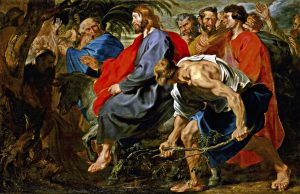
Entry of Christ into Jerusalem, Van Dyck, c 1617.
All four Gospels record Jesus’ triumphal entry into Jerusalem, which occurs the week before his Passion, and we celebrate this magnificent moment in history on Palm Sunday. Several aspects of the Gospels’ accounts are familiar to us, but upon further reflection some details may seem curious. Why a colt (and Matthew also records a donkey)? Why palm branches? Why a crowd, laying down garments in the road and crying, “Hosanna”? These specifics are important because they show fulfillment of Old Testament prophecies, including the coming of the Messiah, and they point to several fundamental truths about Christ.
In Zec 9:9-10, Zechariah includes several prophesies relevant to Palm Sunday, the most obvious of which is that the Messiah enters Jerusalem in an unassuming way, not on a horse as a warrior king but as a humble ruler, riding on “a donkey, on a colt, the foal of a donkey.” As the New Testament reveals, Jesus’ kingdom is not of this world, and will be ruled not by the sword, but by the Suffering Servant’s death on a Cross. Zechariah also denotes the Messiah will be king over all nations. St. Jerome, writing in the early 5th century, taught that the mention of the colt and donkey pointed to Christ’s rule over all nations. The donkey represents Israel and the colt, a newcomer to the faith, the Gentile nations. (Homily 81.)
The passage in Zechariah ends with another prophecy pointing to a truth about Christ. Zechariah writes “…because of the blood of my covenant with you, I will set your captives free from the waterless pit.” This depicts the Messiah’s saving the nations from the realm of the dead by means of the blood covenant, foreshadowing Christ’s institution of the New Covenant at the Last Supper. Christ as the Passover Lamb pours out his blood for us, such that whoever “eats my flesh and drinks my blood [will] have eternal life” (Jn 6:54).
Only the Gospel of John records specifically palms being waived at the Triumphal Entry into Jerusalem, whereas the Synoptic Gospels document the crowd waiving leafy branches. In First Maccabees, the sacred writer notes that palm branches are used by the crowd in a celebration taking place because a great enemy of Israel has been “crushed and removed from Israel” (1 Macc 13:51). In Second Maccabees, there is also mention of palm fronds and beautiful branches used at the celebration of booths, immediately following the purification of the sanctuary after the evil Antiochus profaned it. The sacred author writes, “It happened that on the same day on which the sanctuary had been profaned by the foreigners, the purification of the sanctuary took place… And they celebrated for eight days with rejoicing, in the manner of the feast of booths…. Therefore, bearing ivy-wreathed wands and beautiful branches and also fronds of palm, they offered hymns of thanksgiving to him who had given success to the purifying of his own holy place” (2 Macc 10:5-8). The branches and palm fronds are used for rejoicing in thanksgiving for the purification of the sanctuary, as well as in celebration of the Feast of Tabernacles, whereby the people of God commemorated His protection and dwelling with them in their 40 years of wandering.
The laying of garments before Jesus as He traveled into Jerusalem also has Old Testament roots, signaling Jesus’ royalty. In 2 Kings 9:13, The Lord anoints Jehu king over Israel, and at the coronation ceremony, the crowd lays their garments down before the Lord’s anointed king. Further, at Jesus’ Triumphal Entry the crowd’s cries of Hosanna are reminiscent of one of the Hallel psalms, Psalm 118, which was sung in the Great Temple and sung by pilgrims on their journey up to the Temple to celebrate the feast of Pascha (Passover). Hosanna means ‘save, we pray’ in Aramaic. The term Hosanna has liturgical origins as an invocation of the Lord; it occurs only once in the Old Testament: “Save us, we beseech you, O Lord! O Lord, we beseech you, give us success!” (Ps 118:25). The context of Psalm 118 in the Old Testament depicts a priestly king going up to the Temple to offer sacrifice. The type of sacrifice he offers is one of thanksgiving, eucharistia in the Greek. The parallels to Christ’s journey to Calvary are unmistakable. He is the priestly king who journeys to the Cross where He reigns and consummates the sacrifice of thanksgiving (Eucharist), which will be offered in perpetuity in the Holy Mass.
According to the Catechism, “Jesus’ entry into Jerusalem manifested the coming of the kingdom that the King-Messiah was going to accomplish by the Passover of his Death and Resurrection” (CCC 560). In sum, Jesus is the priest-king, humble and peaceful, as He enters Jerusalem to offer the ultimate sacrifice, laying down His life as a vicarious atonement for our sins and the sins of the world-his life a ransom for many. Blessed is He who comes in the name of the Lord.

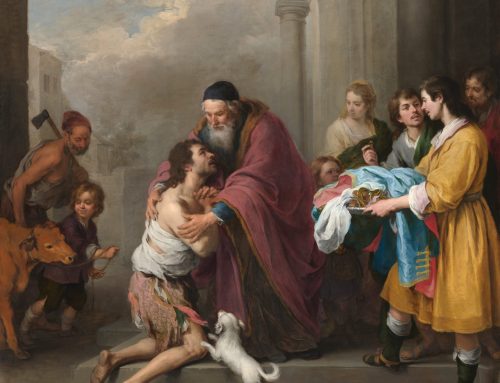
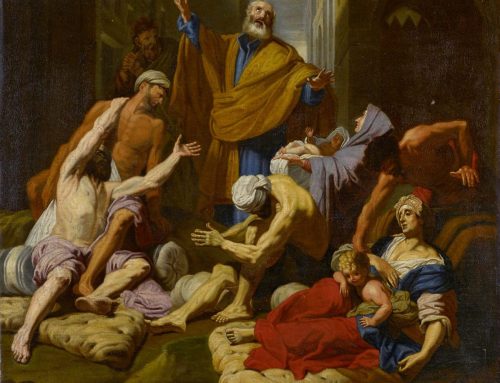
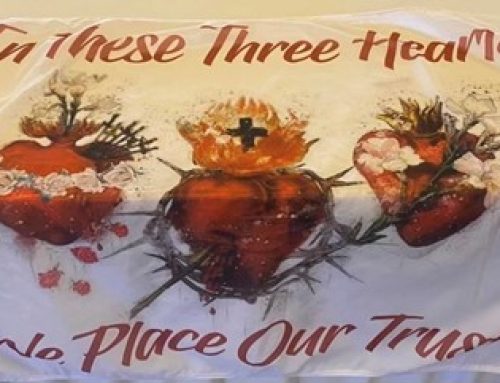
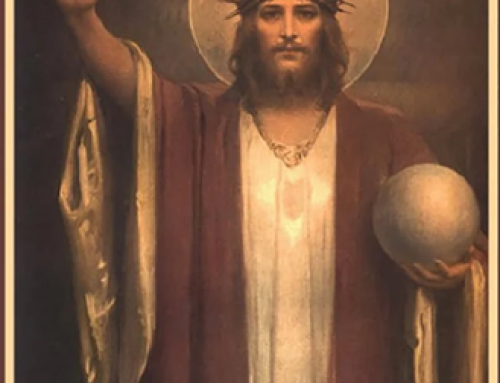
Leave A Comment